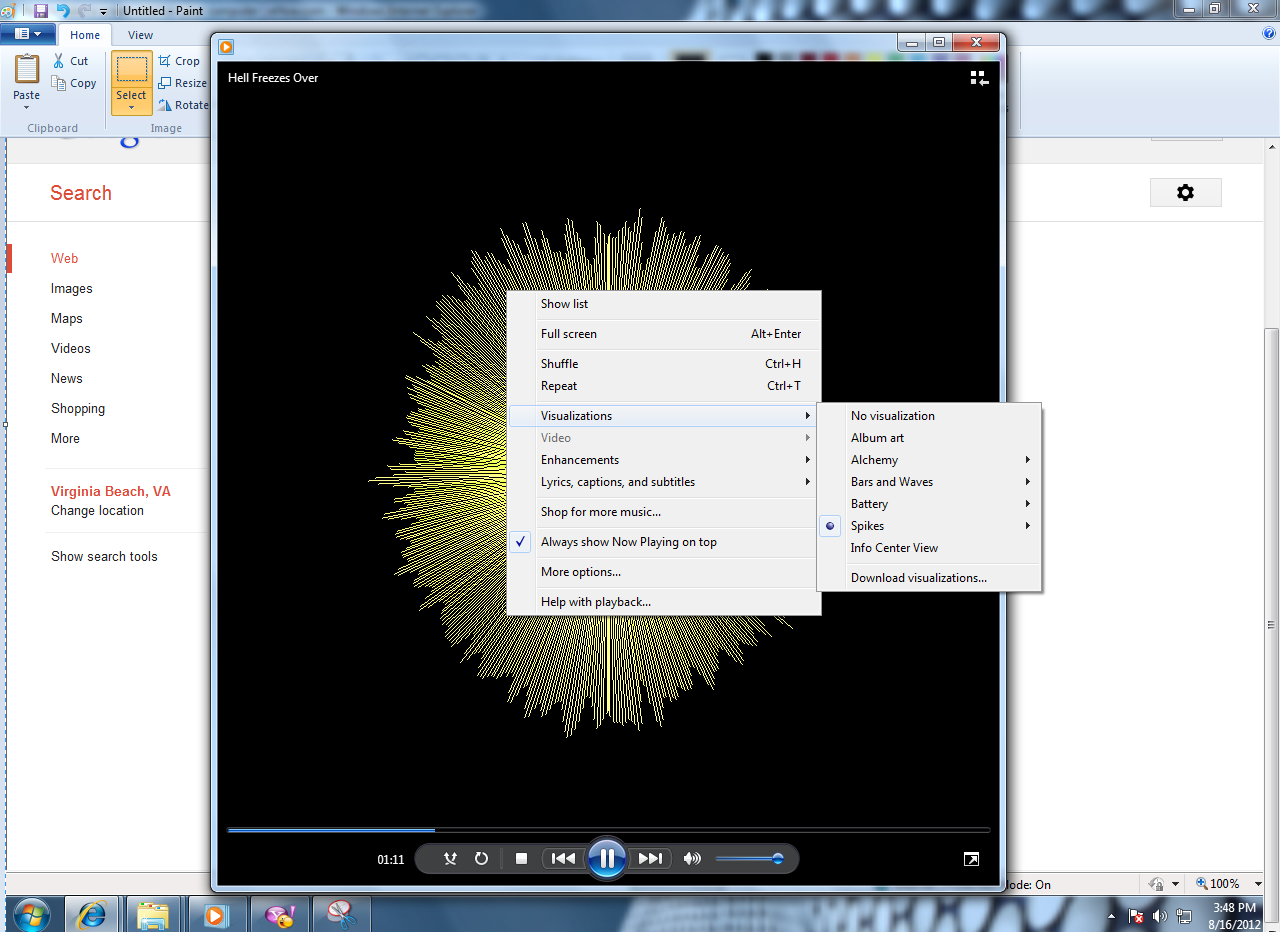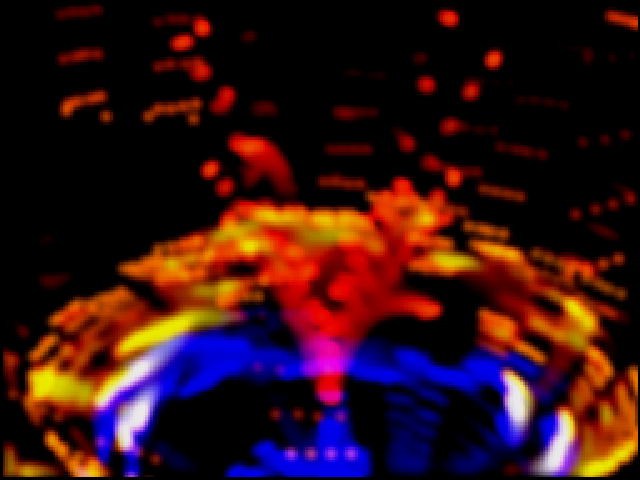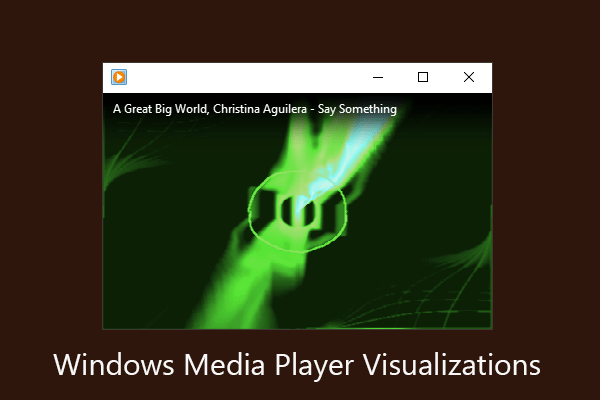

I do know that many DJs, live concerts, and even some music videos use Milkdrop output from Winamp. I suspect you'll not get much cooperation from Microsoft on this, although it does no harm to ask. I hope this topic is within the scope of this forum, as it might be a handy tool for many projects (for all of us). PS: I also wonder if I, as an aspiring commercial DJ would likely "get away with" projecting this same "visualizer" random content onto a large projection screen, during commercial (local event) DJ (Paid gigs with public access).

Methods for generating such on "no budget".

There used to be several popular titles, in SD aspect/resolution. I am also aware that there are commercially available libraries (on DVD?) of animated backdrops, for keying your videos over. Solution/Conclusion: So, is this a grey area of legality or, "cut-n-dry" (with precedents) ? just generates a random battery of synthesized, animated, geometric visual patterns, based on some audio wave-form analysis algorythm. This media Player feature is much like the DAZZLE screensaver, of old. I would prefer to use something more visually interesting, as a visual backdrop, for personally composed and mastered "songs". I have noticed many YouTube Audio presentations, which use a static "title screen". I think it's down to WMP's ability to discern the frequencies - lower frequencies can be spotted at lower sample rates, and I think that's why the very top end tends to be empty.Problem: Wish to understand any legal copyrights (nature & status) of Microsoft Media Player's "Visualizer" video output, for the purpose of adding a visual element to YouTube audio presentations (private, "not for profit", musical audio programs).ĭiscussion: I wish to capture/acquire a full-screen image (either directly or by "shooting the screen during playback"). Source is available to anyone who asks, especially if you can help me work out why it forms a stronger volume in the lower frequency bands than the higher ones. You should now have 'Better Bars' as a Visualization in WMP. Save the file in the Visualizations folder of Windows Media Player, usually C:\Program Files\Windows Media Player\Visualizations then run regsvr32 betterbars.dll from a command line in that folder. Update: I suggest you download the newer version. It also changes it's shape and size as you switch to skin or full-screen mode or re-size the window. It differs from the usuals as it uses a root-mean-square (RMS) algorithm to work out volumes of the bands based on the RMS of the included, finer, bands. It took me a day to run through some examples and write this one up. I finally got around to writing a better bar type visualization for Windows Media Player. Windows Media Player Visualizations | I Really Don't Know I _Really_ Don't Know A low-frequency blog by Rob Styles Windows Media Player Visualizations 11 March 2004


 0 kommentar(er)
0 kommentar(er)
